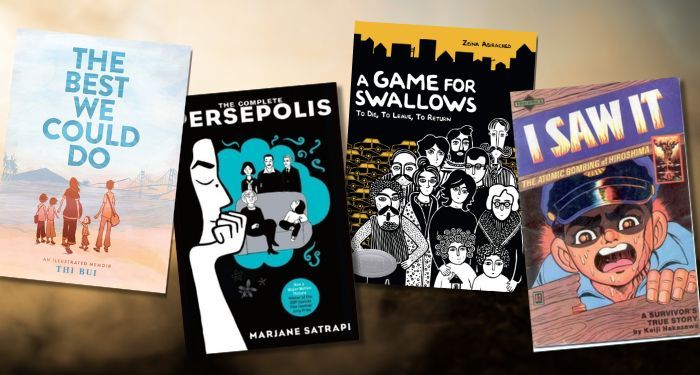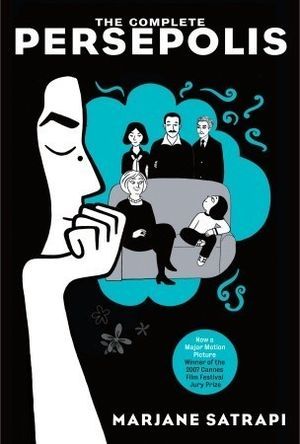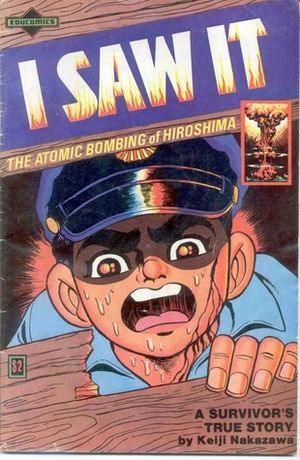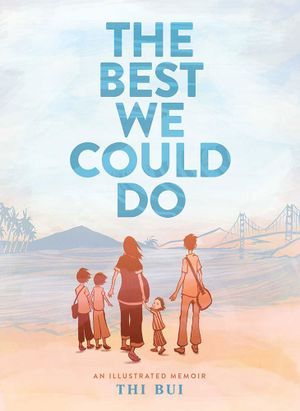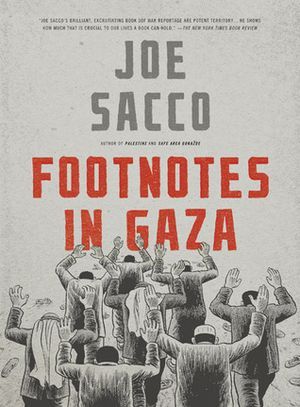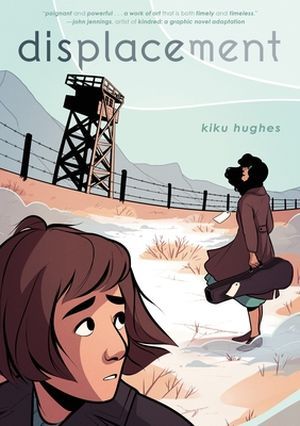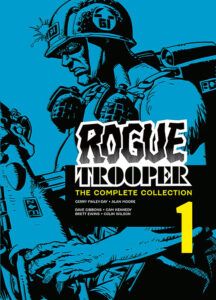

As a storytelling mode, comics are uniquely appropriate for representing war. A singular character in the center of a panel is a powerful image that a lot of comics artists have used. They can also use panels on the same page to contrast two images: one of peace, one of war. The comics scholar Hilary Chute wrote a book all about the power of comics as a medium for engaging with history, especially disasters (Disaster Drawn: Visual Witness, Comics, and Documentary Form). A Norwegian scholar found, in the wake of the Arab Spring protests, comic-making had risen as a resistance art form in Cairo.
One of the most famous examples in Chute’s book is Art Spiegelman’s Maus, which got caught up in book bannings a few years ago. It was deemed inappropriate for children. There’s an inherent tension in the classic perception of comics as something for children and the use of comics to act as historical records of atrocities. The collection of frames as drawn by the artist accurately capture the way memory works: discrete images and moments, stitched together to form a narrative. Many of the graphic memoirs about war are also from the perspective of children: a small child looking at the big, confusing world falling apart around them is a gripping narrative.
My selection of memoir, history, and fiction focuses more on real-world wars, but that is not because I dislike sci-fi or fantasy wars—comics will always serve a wide and imaginative variety of genres!
Graphic Memoirs
The Complete Persepolis by Marjane Satrapi
It’s very likely you’ve already read Persepolis, but if you haven’t, now’s the time. Satrapi’s two-part memoir divides her experience in Tehran as a child and her time abroad before returning. Growing up, she and her family dealt with the massive changes around them brought upon by the Islamic Revolution in Iran. As a teen, she relocates to Vienna alone and has to deal with rest of the world’s opinions about her homeland.
I Saw It: The Atomic Bombing of Hiroshima, a Survivor’s True Story by Keiji Nakazawa
At age six, Keiji Nakazawa saw the atomic bomb dropped on Hiroshima and had to deal with the immediate and terrifying fallout. The immediacy of the comic panels communicates the absolute devastation inflicted on Hiroshima by the bomb. It’s not just that the city was destroyed: from the eyes of a child, everything he’d ever known was burning up around him.
The Best We Could Do by Thi Bui
Though she was born during the Vietnam War, Thi Bui’s family escaped in the 1970s when she was young. She shares the difficulty of how her family worked to start over in America, while still bearing the brunt of trauma inflicted on them by war. When Thi starts raising children herself, she feels her old wounds again and understands more deeply how difficult it was for her parents to find a new home with young children.
A Game for Swallows: To Die, To Leave, To Return by Zeina Abirached, translated by Edward Gauvin
With the civil war raging outside the doors of their home in Beirut, Zeina and her family try to make every day as normal as possible given the conditions. One day, Zeina’s parents don’t come home, so the other families in their apartment building step in to help Zeina and her siblings stay safe inside.
Comics Reportage
Footnotes in Gaza by Joe Sacco
There hasn’t really been a time during the past 70 years when Gaza wasn’t under some kind of wartime siege. After his seminal work Palestine was released in the mid-90s, Sacco continued to visit the region. For this book, he installed himself in Rafah and Khan Younis and studied the history of massacre against the residents of Rafah in 1956 by Israeli soldiers. As always, Sacco is invested in the humans who end up as collateral damage in these conflicts.
Fiction
Displacement by Kiku Hughes
One day, Kiku accidentally time-travels back to a Japenese-American internment camp in the 1940s. Before she totally knows what’s happening, she’s back in modern San Francisco. After traveling back and forth again, she gets stuck in the 1940s alongside her grandmother. Though she knew about the internment camps conceptually, experiencing them in real time alongside her family is a whole different story.
These comics and many others about war have made a huge impact on the world of comics, from memoirs to superheroes. You can also dive into the most influential comics of all time, influential superhero comics, and brush up on the history of superheroes fighting real-world injustice.

